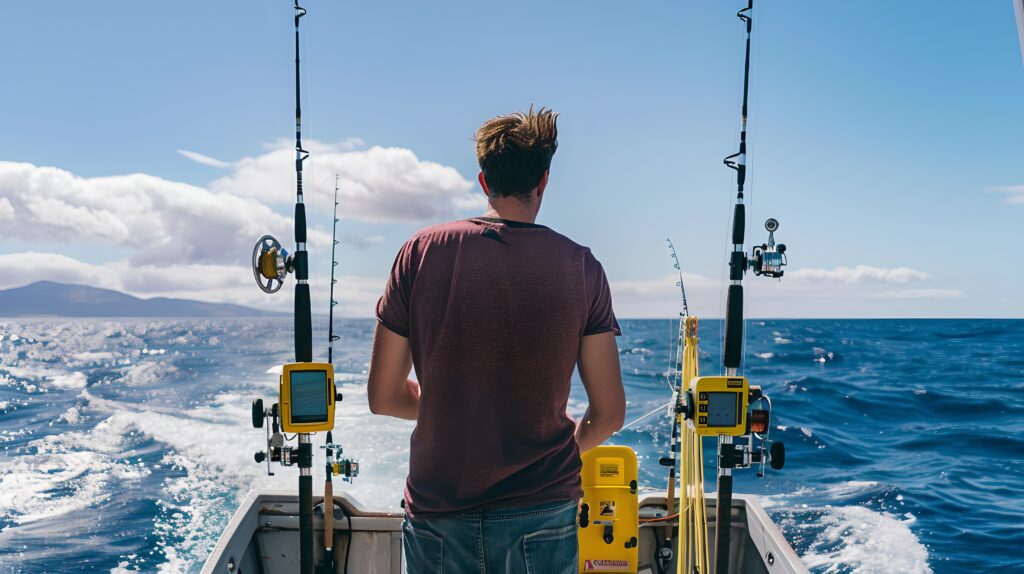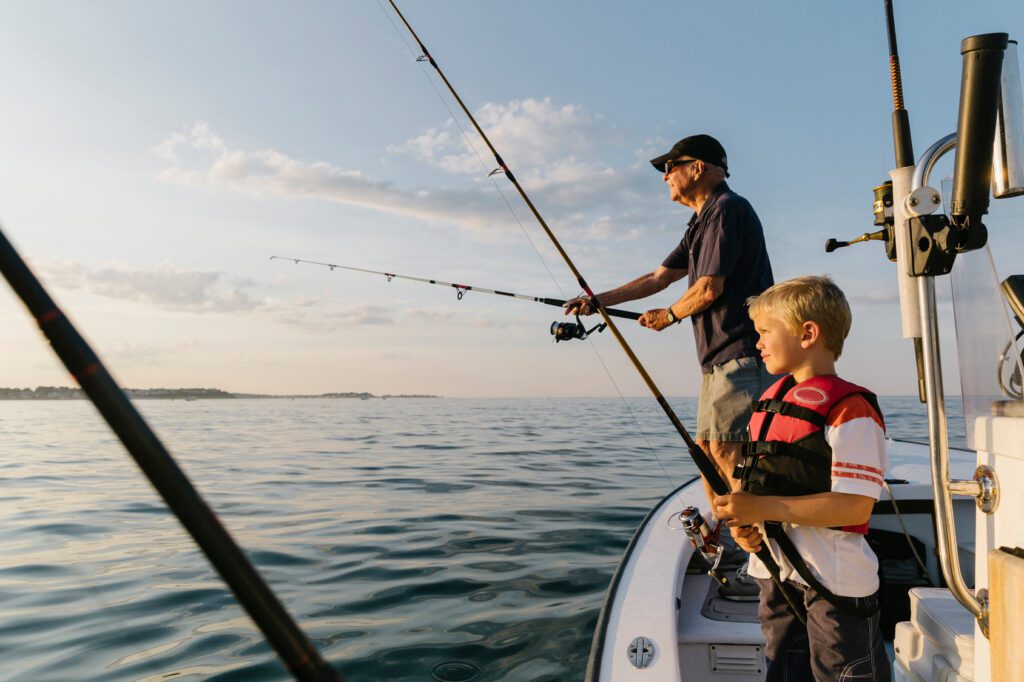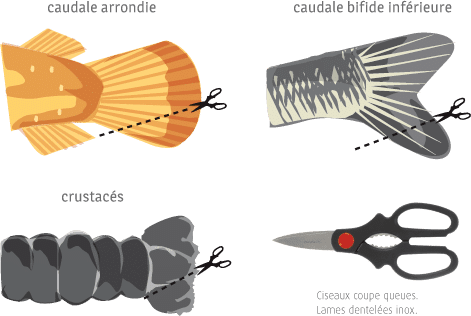Publication date: 14/06/2024
In France’s Channel coastal zone, boaters enjoy an exceptional area: superb natural landscapes, welcoming places to call, towns and harbours steeped in history… Boat fishing enthusiasts are generally delighted: they enjoy a high-quality fishing zone in the Channel Sea, where it’s possible to catch a wide range of species.
The English Channel, a great place for sailing… and fishing
From east to west, France’s Channel coastline stretches from the Pas-de-Calais to the Pointe de Corsen in western Brittany. A transition between the North Sea to the east and the Atlantic Ocean to the west, the Channel borders the 7 départements of Pas-de-Calais, Nord, Picardie, Haute-Normandie, Basse-Normandie, Côtes d’Armor and Finistère. From the Côte d’Opale to the Côte des Abers, this area boasts some of the most beautiful coastlines in France.
If you’re interested in boat fishing, you’ll know that hundreds of different species of fish inhabit the English Channel. Whether in the Eastern, Central or Western Channel, the sheer numbers and diversity of fish are enough to delight any boating angler, experienced or amateur!
Regulations for boat fishing in the English Channel
The fish-filled waters of the English Channel naturally attract a large number of anglers. But beware: there are a number of regulations and restrictions to be aware of, to ensure that recreational fishing is carried out legally.
Fishing rights and periods
When out at sea in the English Channel, find out about the fishing rights of the species concerned: some species are protected and may not be caught. For some species, catching is forbidden, but the fishing technique of release fishing is authorized. For some fish, you must respect certain fishing periods, and refrain from catching fish during other periods, in particular to respect reproduction periods.
- Sea bass, for example, can be caught in April, May, June, July, August, September, October, November, December and January, but fishing is prohibited in February and March. During these two months, however, boaters can practice no-kill fishing, or the catch-and-release technique.
Note that regulations are stricter in the Côtes d’Armor: in the waters of this department, all sea bass fishing is prohibited from January1 to March 31, including no-kill fishing!
- Another example: fishing for salmon or sea trout is forbidden all year round in the Bay of Mont-Saint-Michel. South of the Pointe de Carolles, on the other hand, fishing is authorized for several months a year, from July1 to September 15.
The mesh of species
If you’re fishing at sea from your boat, check the size of your catch too: to protect species, checks are regularly carried out by the authorities. And that goes for recreational anglers too!
The mesh size determines the minimum size of fish to be caught. The measurement must be taken on board your boat, by yourself, from the tip of the snout to the end of the fish’s tail fin. Monkfish or salmon, for example, must measure at least 50 centimetres, while the mesh size for sea bass or cod is set at 42 centimetres.
If this fish length is not reached, the species must be returned to the water immediately!
- All minimum catch sizes are detailed on the website of the Institut Français de Recherche pour l’Exploitation de la MER (IFREMER).
Fishing quotas
In addition to the periods and sizes of fish to be carefully monitored, there are also fishing quotas to be respected. For sea bass, for example, it is forbidden to keep more than two fish per person during authorized fishing periods.
Fish marking
Finally, when you’re fishing for pleasure in the English Channel, you also need to make sure you mark your fish properly: this is an obligation that aims to prevent poaching of certain species, and their sale, which is illegal if you’re not a professional fisherman. To mark a fish, simply cut off part of the tail or caudal fin, taking care to keep the fish whole.
Authorized equipment for recreational boat fishing in the English Channel
If you’re still new to pleasure fishing, there’s more to it than that! They also prohibit the use of certain specific equipment, and restrict the quantity of fishing tackle you can take on board.
Channel fishing tools and techniques
When fishing from a boat in the English Channel, regulations authorize the use of a trammel net in the open sea. This is not the case everywhere in France!
This trammel net can be useful if you want to fish for sole, for example, but also for monkfish, skate or turbot. The net must not exceed specific dimensions: 50 meters long and 2 meters wide.
To fish the English Channel by boat, you are also authorized to use the following equipment:
- Fishing lines with a maximum of 12 hooks
- Two longlines, each with a maximum of 30 hooks
- Two small-mesh racks (stretched mesh, maximum mesh size 80 mm)
- A foëne with a maximum of six branches, spaced no more than 27 millimetres apart. Please note, however, that this equipment may not be used at night!
- A landing net
➡️ See also: Lobster fishing in Paimpol during spring tides

Regulations for recreational fishing in the Channel, constantly evolving
Not to be confused with regulations for professional sea fishing, regulations for recreational sea fishing in the Channel are subject to frequent changes. It’s a good idea to keep up to date with the latest information, and to make sure you don’t make any mistakes, check the regulations before you go out!
Your port in Paimpol for Channel fishing
Did you know? In the Armorican Channel, the port of Paimpol is a convenient departure point for fishing and yachting in the Channel.
The one we also call Port Adhoc Paimpol offers several hundred drystack berths for boats. Boaters and fishermen can ask for their boats to be put in the water any day of the year, so they can get away quickly to enjoy some great sea fishing in the surrounding area.
Would you like to find out more about our mooring or boat storage solutions? Put your trust in our team!


